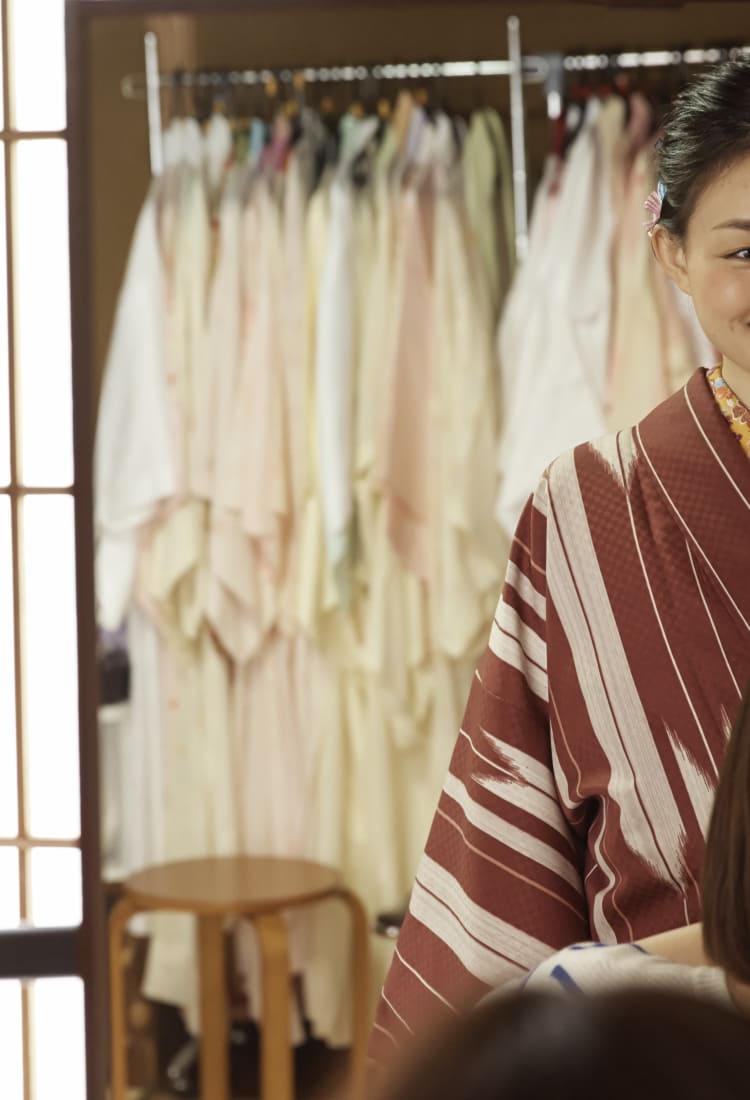Geido — the way of art — encompasses many forms of traditional culture
Sado (tea ceremony), kado (flower arranging), shodo (calligraphy) and bonsai are all well-established traditional Japanese arts. Each requires specific movements and fine attention to detail, in an attempt to heighten the artists' and viewers' understanding of and connection to the world. Schedule in some time for a true Japanese experience during your stay.
Sado — tea ceremony
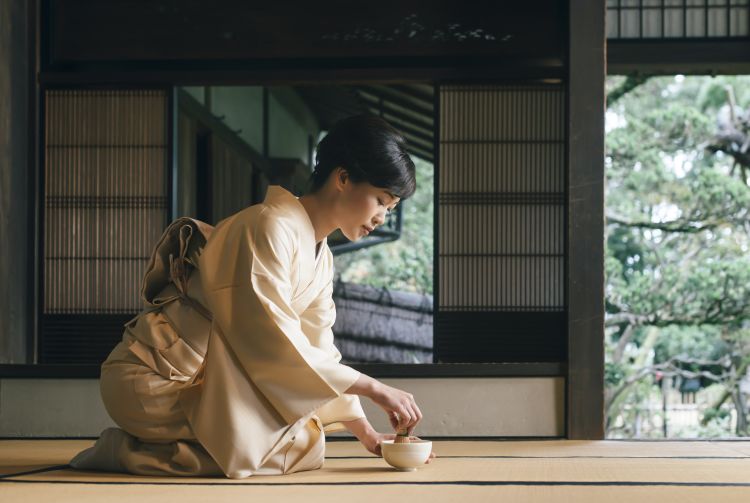
Dating back over 1,000 years and with heavy Zen influence, the tea ceremony is the ritual preparation and service of matcha. Matcha is a thick, rich-tasting green tea and is often accompanied by traditional sweets to balance the bitter taste. The focus of the ceremony isn't on the drinking but on the process and preparation. Every movement is carefully choreographed, and even the seating arrangement is taken into consideration. As such, there are many etiquette guidelines to be aware of. An instructor or guide will help you to appreciate the many nuances involved.
Ikebana — flower arranging
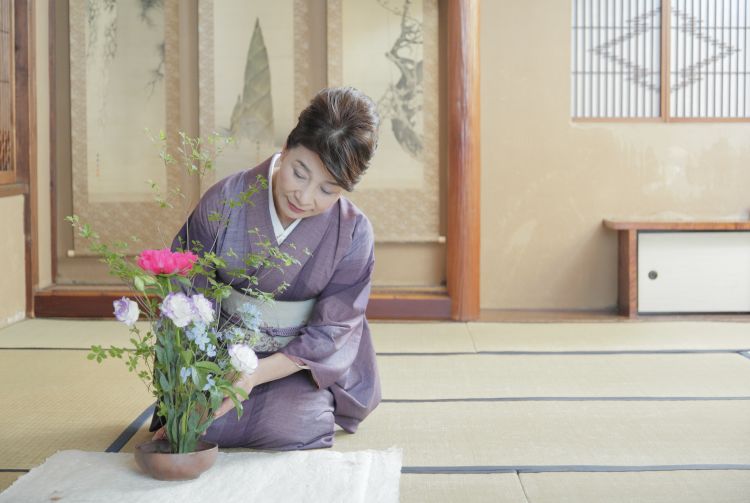
Ikebana is the sum of many pieces — the flowers, plants, vase and space. Each of these comes together to make a stunning display of temporary art. There are over 300 different styles of arrangements, with the main three being Ikenobo, Sogetsu and Ohara. Ikenobo is the oldest and aims to evoke a natural landscape or a growing plant. Sogetsu is a more free-form style, started in the 1920s. Freely combining any material in unique and dynamic ways, Sogetsu is meant to enhance and be incorporated into any space. Ohara features many distinct styles, from the basic Hana-isho to the Hanamai which plays on three-dimensional interactions. Department stores, restaurants, shops and even train stations will often have displays of ikebana for you to enjoy.
Shodo — calligraphy
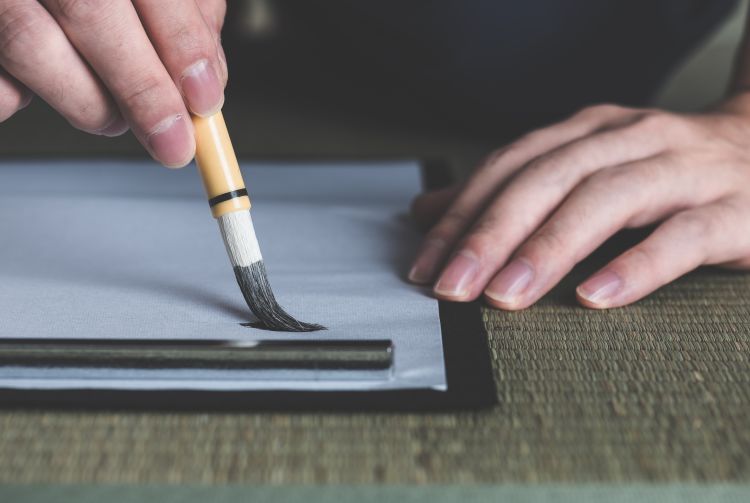
Find calligraphy throughout Japan, from storefronts to schools, to public displays. Block, semi-cursive and cursive styles are used for varying effects, along with varying shades and consistencies of ink. As with ikebana, much of the beauty in shodo comes from the use of negative space. Research into joining a class with English-speaking instructors. Or if you're interested purely in the aesthetics, head to a museum, shrine or temple. If you'd like a souvenir to take home, monks at many larger temples spend hours drawing characters and sayings which are sold at reasonable prices in the temple shops.
Bonsai
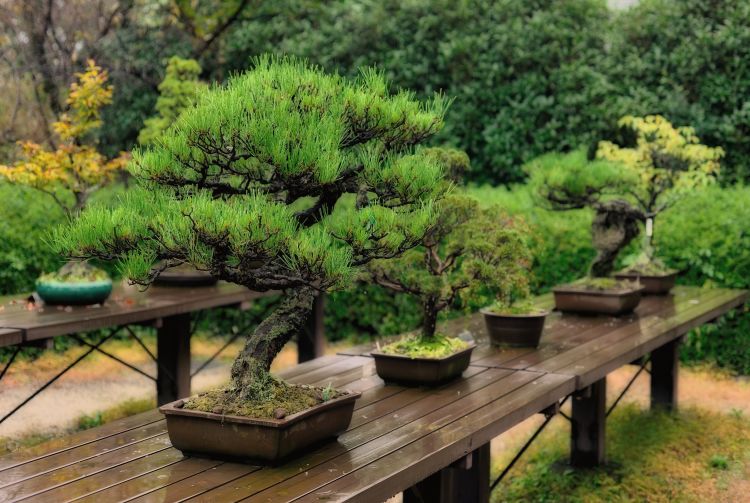
Dating back over 1,000 years, bonsai is the art of producing small trees in containers that mimic the shape and scale of the full-size trees. This art became tied to Zen thought early on and is meant to invoke thought from the viewer. It takes years of experience and effort to grow a bonsai tree (which can be nearly any species that can be kept small long-term). If you want to try your hand at it, head to the Shunkaen Bonsai Museum and join a class for a first-hand experience. Check out the Omiya Bonsai Art Museum in Saitama and the surrounding open gardens for another place to appreciate many bonsai works.




















































